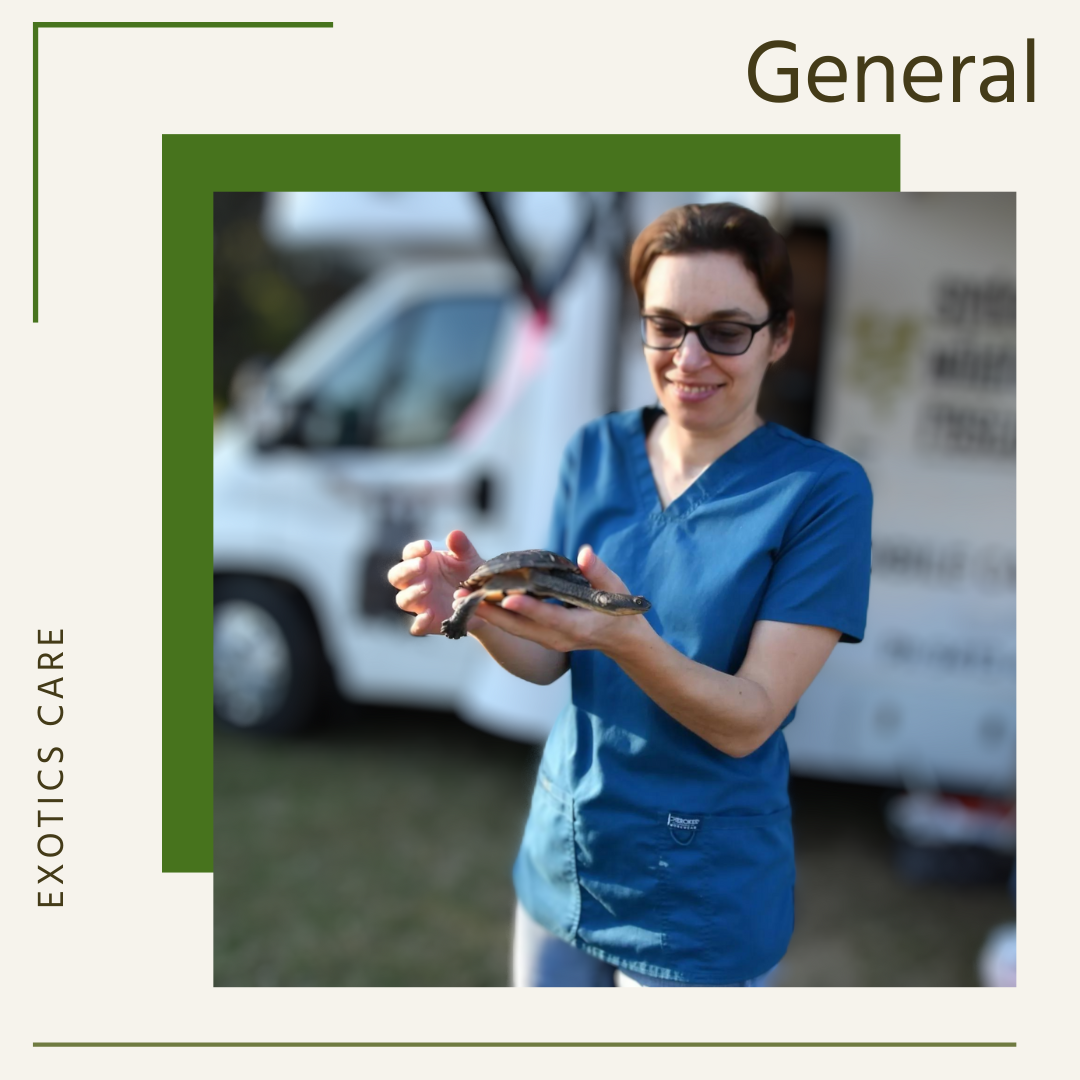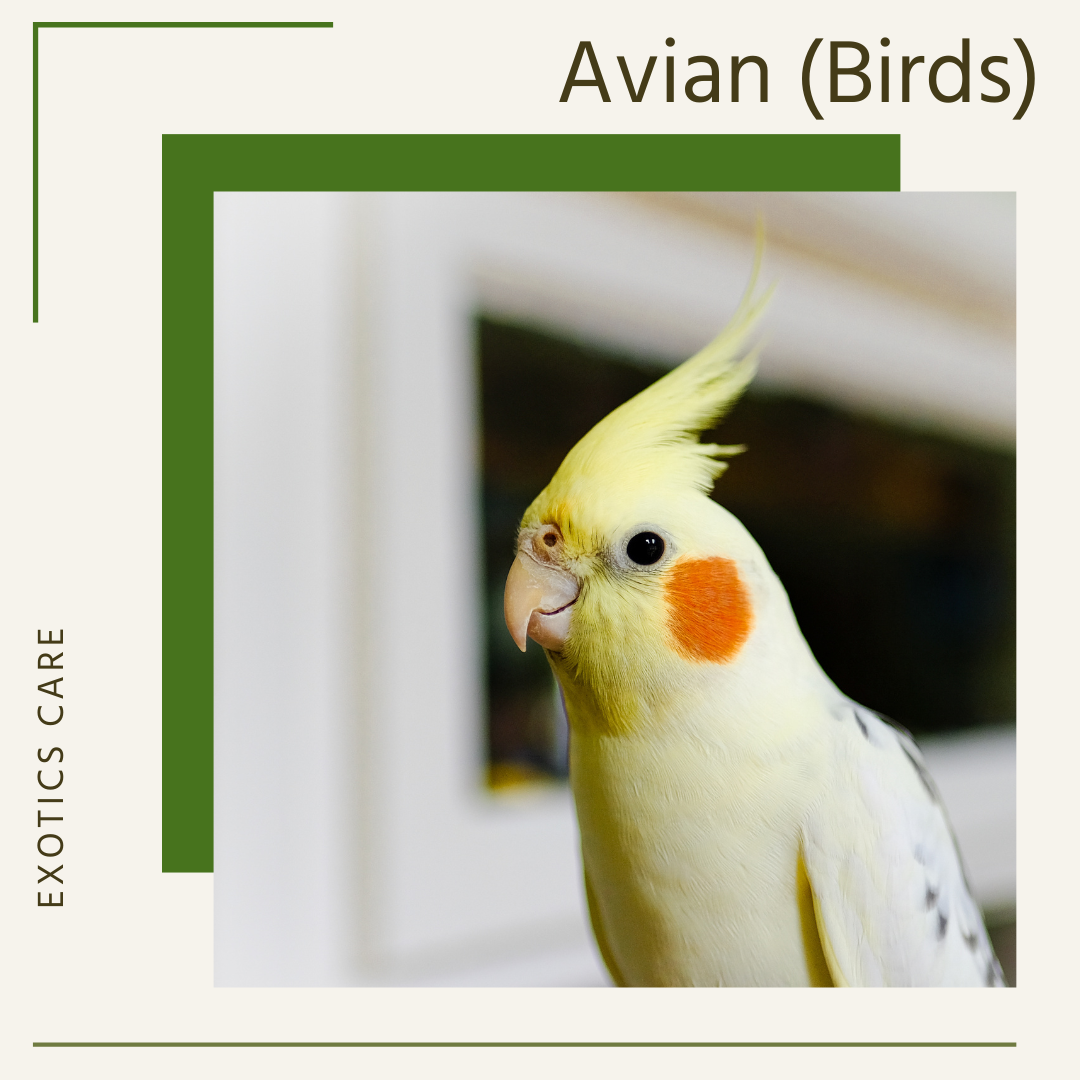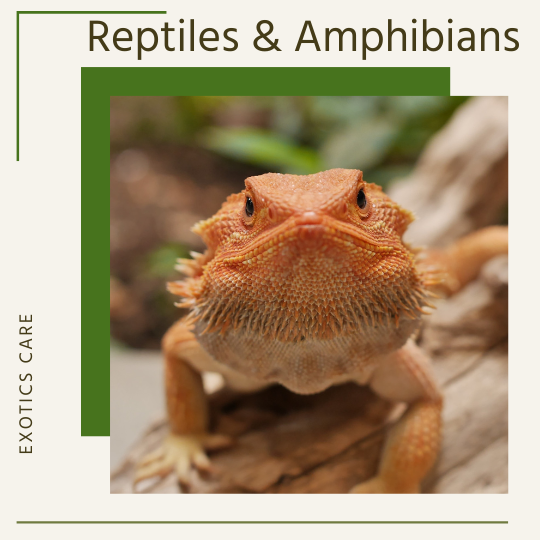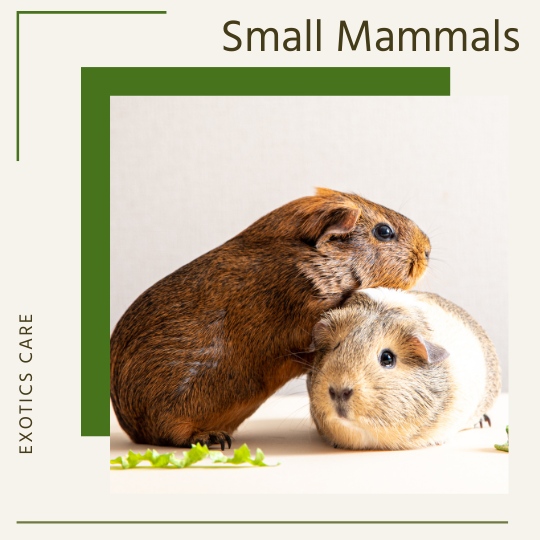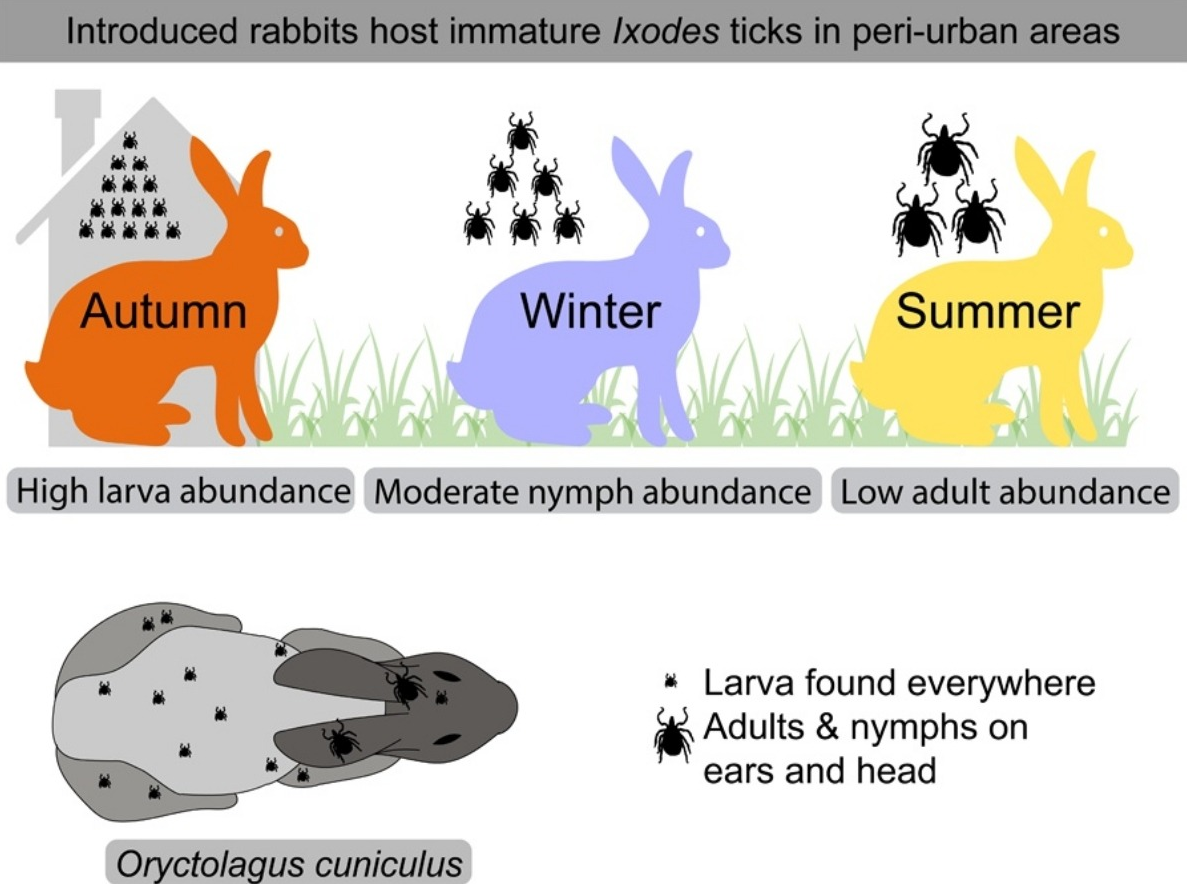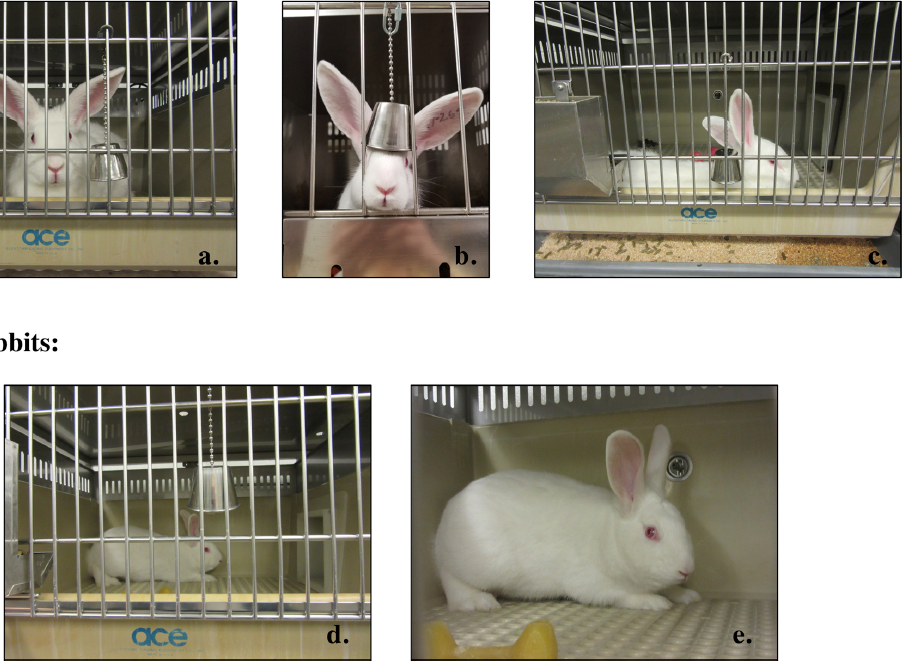Exotics Care Resources for Vets and
Vet Nurses
Hello friends and colleagues!
Come and learn about the wonderful world of exotics medicine…
Clinical tips, FAQs, interesting facts and more.
Enjoy!
Dr Izi
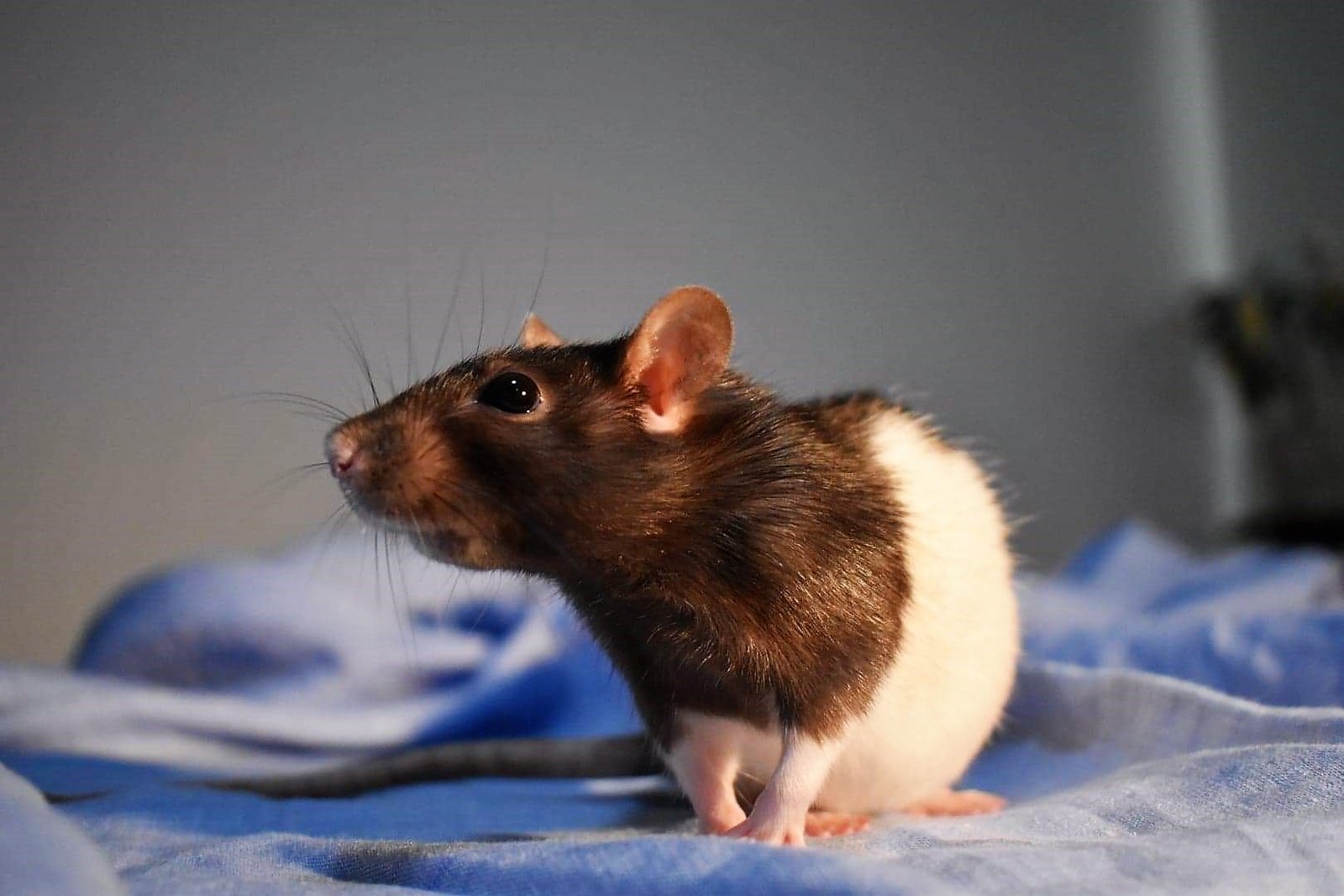
Grimace pain scales
Grimace scales are used in non-verbal humans, such as babies, to assess severity of pain and assess efficacy of analgesics. Grimace scales have also been developed in some animals, including rabbits, rats and mice. read more

Avian and non-avian reptiles
Despite birds and reptiles looking different… they are actually a monophyletic group and share many features. Crocodiles are more closely related to birds than to other reptile groups! read more
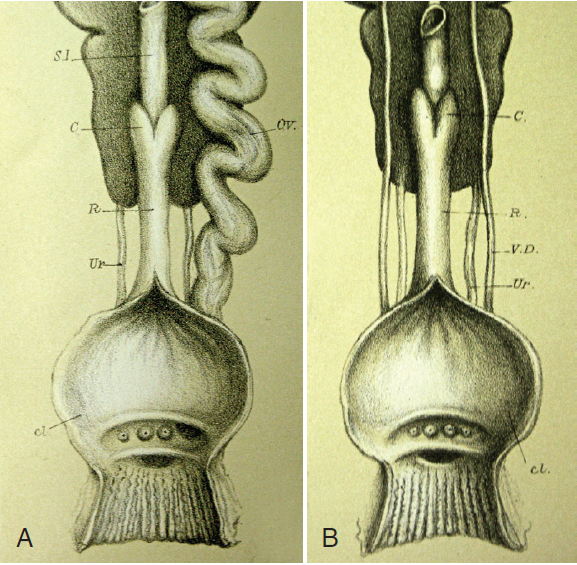
Bird cloaca
Birds have a single opening for passing faecal and urinary waste, and eggs or sperm, called a vent. Inside the vent, the cloaca is divided into 3 sections, which can be remembered using a CUP acronym. read more
No Results Found
The page you requested could not be found. Try refining your search, or use the navigation above to locate the post.
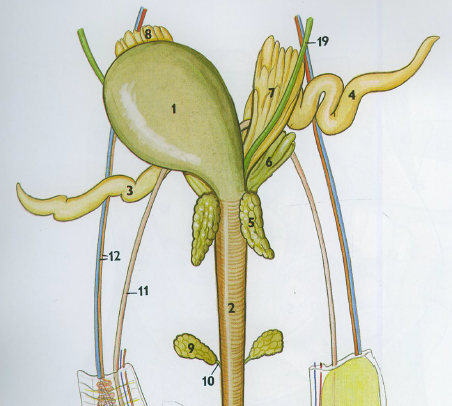
Guinea pigs – urinary tract anatomy
Guinea pigs are commonly affected by lower urinary tract disease, including uroliths and infection. It's important to be familiar with the anatomic peculiarities in these species when approaching these cases. read more
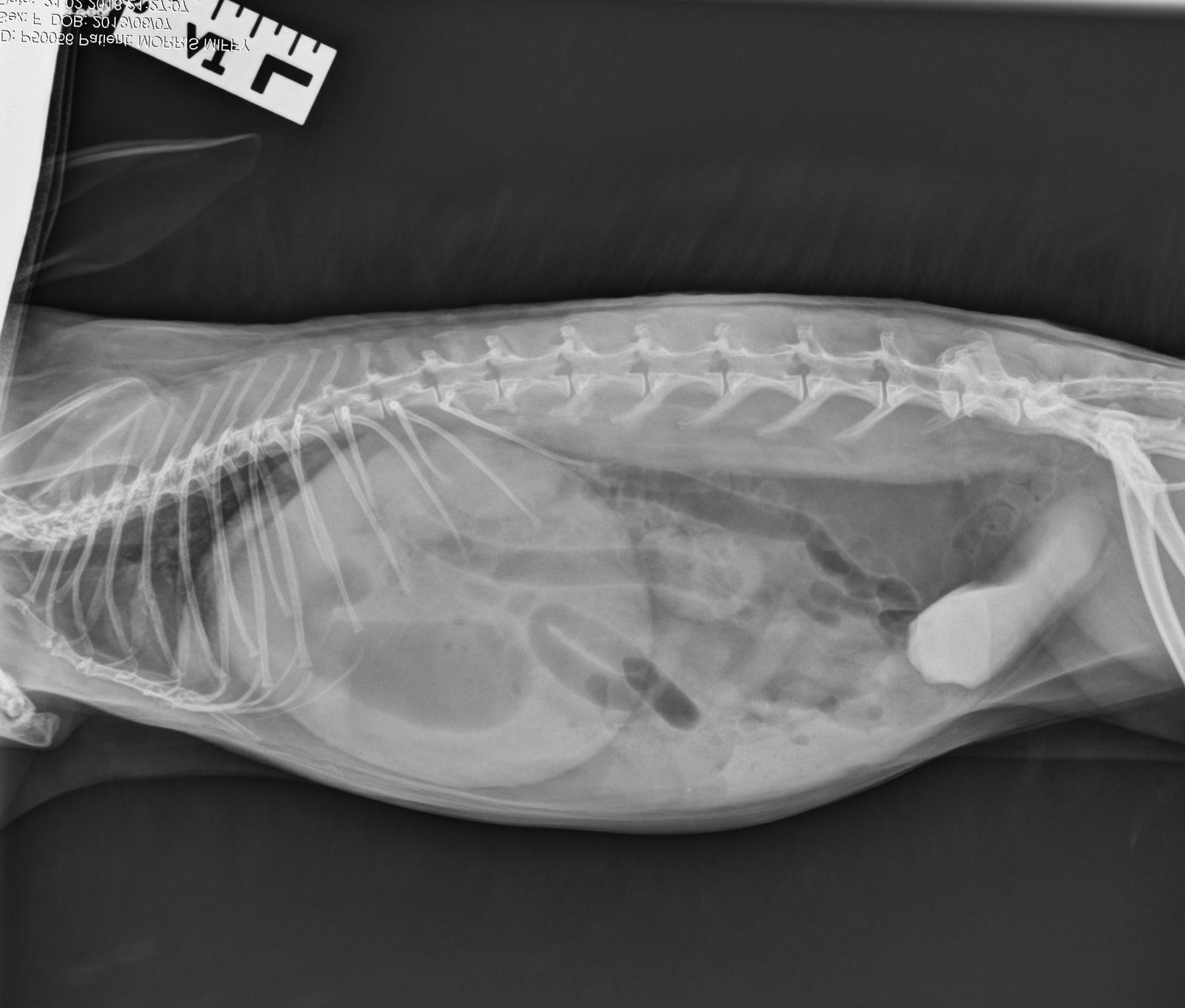
“A hutch is not enough”
Hutches are still a permanent home for many pet rabbits, but they come from the old days of rabbit farming and the lab animal world. They are not a suitable home for rabbits. They can cause a myriad of health problems, one of which is bladder sludging. read more
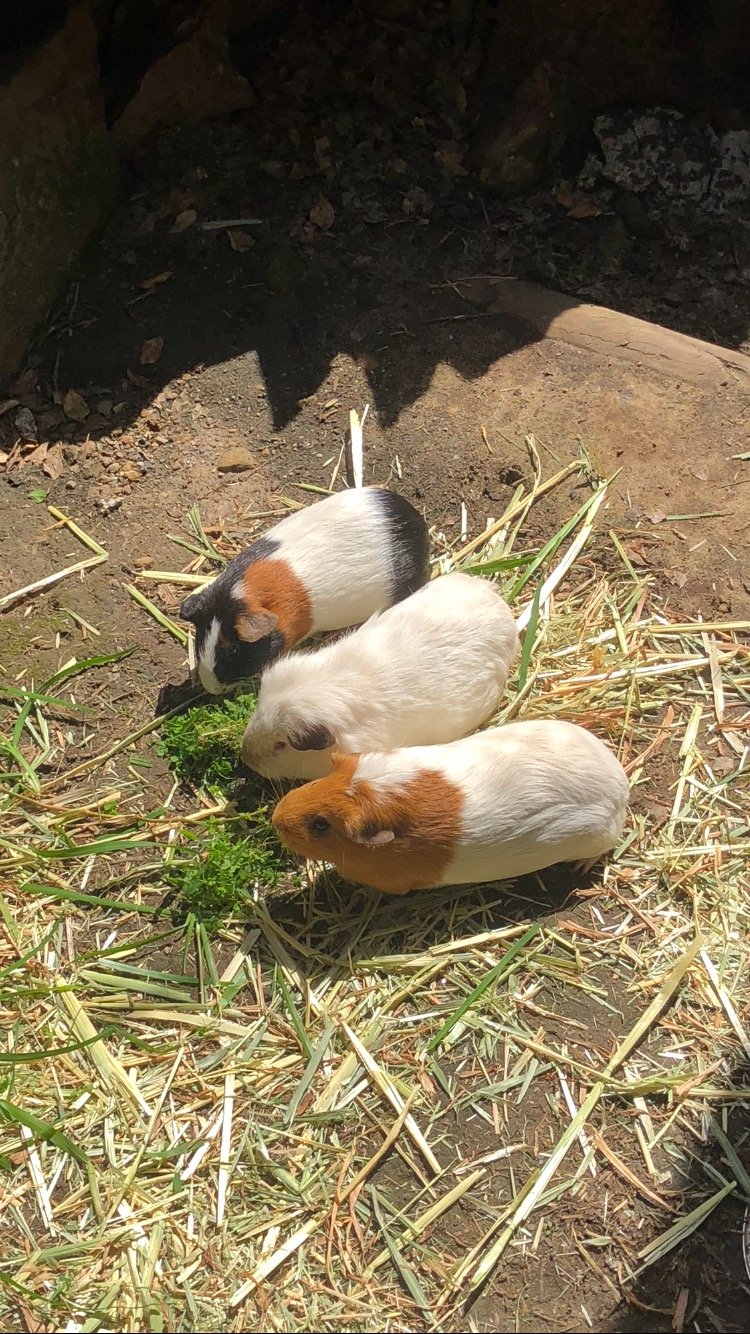
Guinea pigs & vitamin C
Guinea pigs, like people, require a dietary source of vitamin C because they lack the enzyme required for the conversion of glucose into ascorbic acid. Most animals have this enzyme and so don't require dietary vitamin C. read more
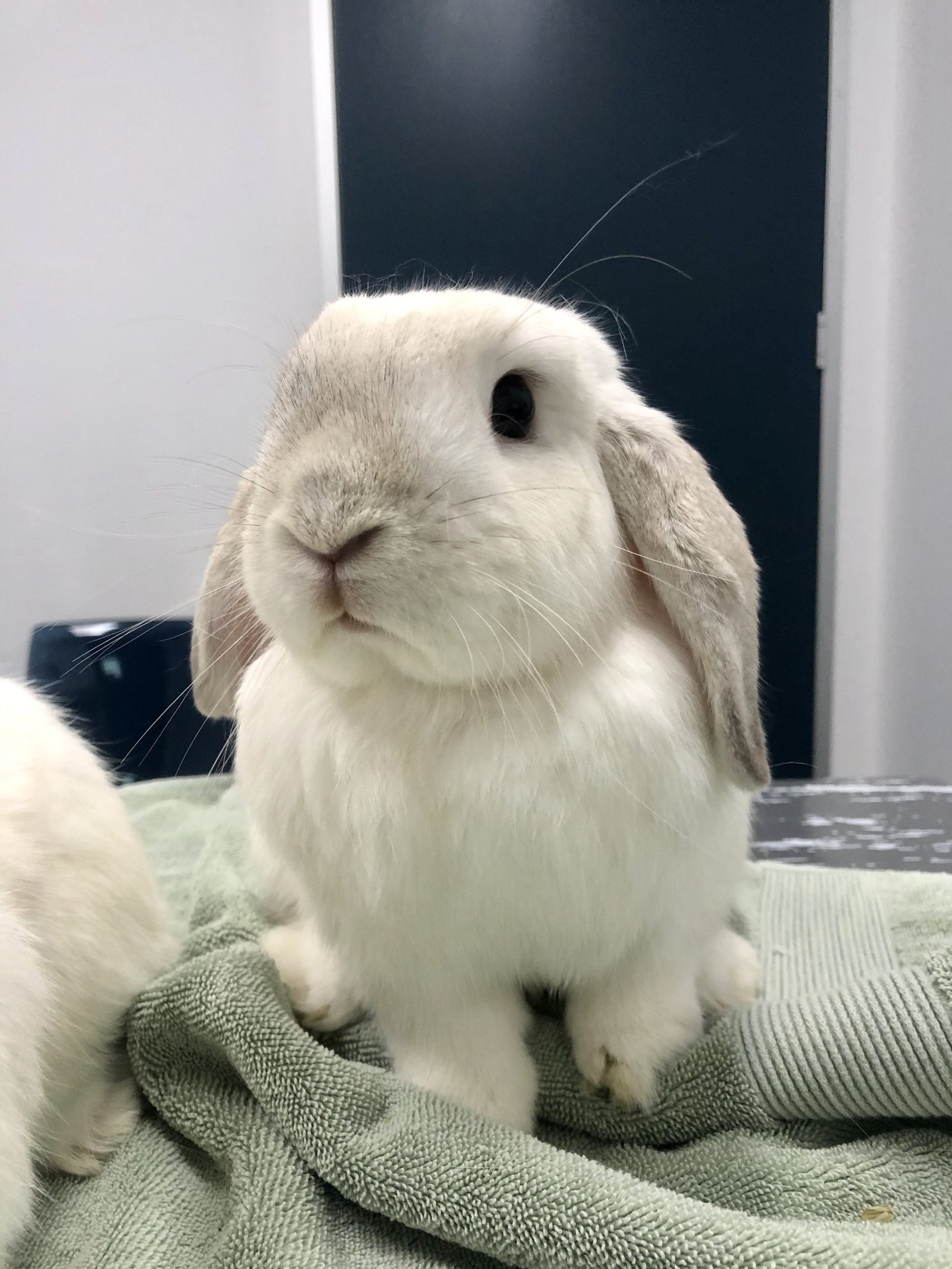
Why is there such a wide range of doses for meloxicam in rabbits?
There seems to be quite a range of meloxicam dosages published for rabbits, ranging from 0.2mg/kg to 1.5mg/kg! read more

